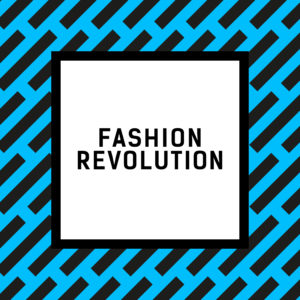 When you dressed this morning, did you spare a thought for how your clothes came into the world? Do you know what country they were made in, from what type of material or who stitched them together?
When you dressed this morning, did you spare a thought for how your clothes came into the world? Do you know what country they were made in, from what type of material or who stitched them together?
Most likely not – too busy rushing breakfast, timelines, meetings, commitments, social media, what’s for dinner, first-world problems, shopping for more, weekend planning …
The disconnection between ourselves and our clothing has grown in direct proportion to the amount of affordable, ever-changing garments on offer through global supply chains. The majority is sewn in third-world factories then presented in all sizes and shapes in a store near you.
Most people have no idea how garments are made, cannot stitch on a button to save themselves and are blissfully addicted to fast fashion fixes as they are to sugar, fast food, drugs and alcohol.
Yet clothing is as essential as food for our wellbeing because clothes do for us on the outside what food does inside – they nourish, warm, and engage body and soul. What we choose to wear impacts how we feel and how we present to the world.
As conscious eaters are now aware of sourcing fresh whole food and returning to the kitchen – conscious dressers are engaging in the process of learning where and how their clothes are made. Our choices have profound influence – yet sometimes we are too busy to think much about them.
Fast, processed food has had a dramatic impact on health across the population in recent decades and similarly the transformational shift to fast, manufactured clothing is having impacts we are only now coming to understand.
At this time in our history, when climate change is an acknowledged reality and countries are committed to slowing global warming, we can each make a small contribution by changing the way we consume the Earth’s limited resources. It starts with the everyday choices you make in buying, caring for and shedding your clothes.
That’s why we have Fashion Revolution, a global movement bringing change to the world through the garments we choose to wear, that values people, environment, creativity and profit in equal measure. On April 18-24, we remember the watershed moment in 2013 when the Rana Plaza collapse provided a window into the world of outsourced clothing.
There are many ways to be part of the revolution – just be curious, find out, do something. Ask the brands who made my clothes? Connect through conscious-raising events run by Fashion Revolution – here’s the link to Fashion Revolution Australia events.
One sure way to be certain your clothes are ethical and have a positive story to tell about the way they were made is to engage in the making process yourself. That’s what The Slow Clothing Project run by Textile Beat is all about.
We are creating a conversation about the substance, not just the style, of the garments we choose to wear. We are presenting an alternative to the waste, exploitation, dissatisfaction and disempowerment of cheap fashion.
We are sharing stories of individual makers of different ages, stages and skills to create a garment collection that is handmade, natural and as local at it can be. You can read the stories of the makers here. You can see and touch some of the garments at The Edge, State Library of Queensland on April 21 as part of the Fashion Fix-Up workshop. On the Textile Beat enews has all the details.